Mohamed Saad
Robust Secure ISAC: How RSMA and Active RIS Manage Eavesdropper's Spatial Uncertainty
Jul 21, 2024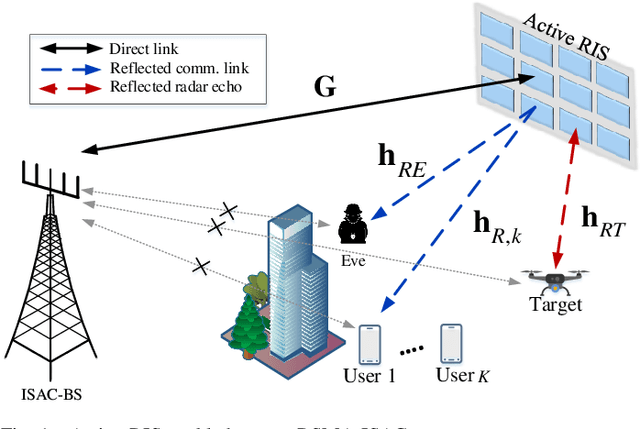
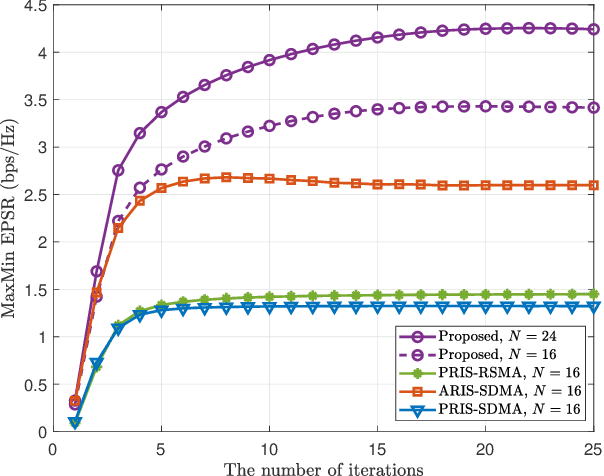
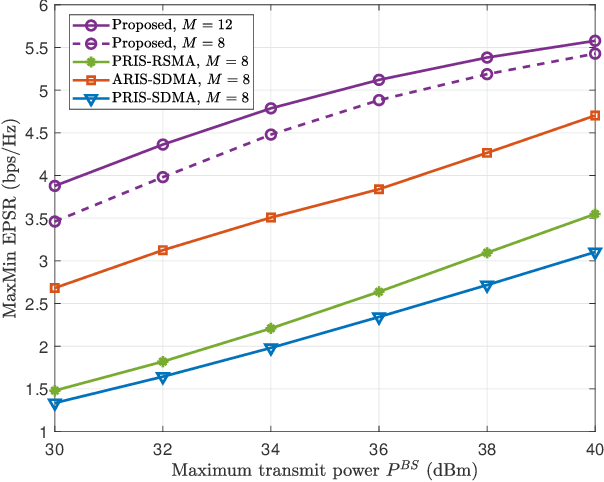
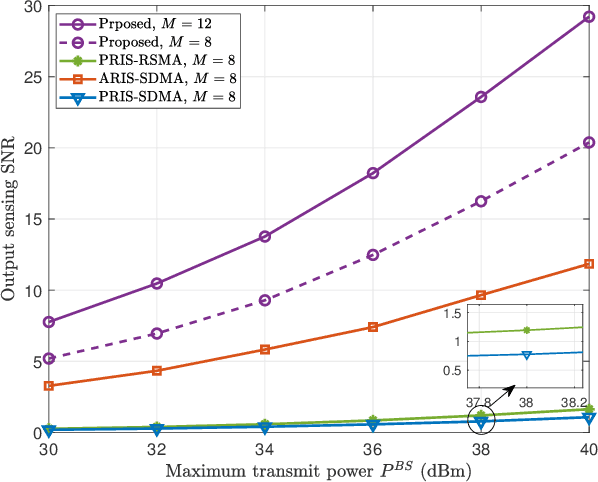
Abstract:Incorporating rate splitting multiple access (RSMA) into integrated sensing and communication (ISAC) presents a significant security challenge, particularly in scenarios where the location of a potential eavesdropper (Eve) is unidentified. Splitting users' messages into common and private streams exposes them to eavesdropping, with the common stream dedicated for sensing and accessible to multiple users. In response to this challenge, this paper proposes a novel approach that leverages active reconfigurable intelligent surface (RIS) aided beamforming and artificial noise (AN) to enhance the security of RSMA-enabled ISAC. Specifically, we first derive the ergodic private secrecy rate (EPSR) based on mathematical approximation of the average Eve channel gain. An optimization problem is then formulated to maximize the minimum EPSR, while satisfying the minimum required thresholds on ergodic common secrecy rate, radar sensing and RIS power budget. To address this non-convex problem, a novel optimization strategy is developed, whereby we alternatively optimize the transmit beamforming matrix for the common and private streams, rate splitting, AN, RIS reflection coefficient matrix, and radar receive beamformer. Successive convex approximation (SCA) and Majorization-Minimization (MM) are employed to convexify the beamforming and RIS sub-problems. Simulations are conducted to showcase the effectiveness of the proposed framework against established benchmarks.
Range Estimation of a Moving Target Using Ultrasound Differential Zadoff-Chu Codes
Feb 10, 2021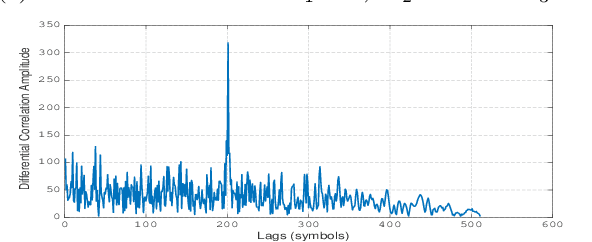
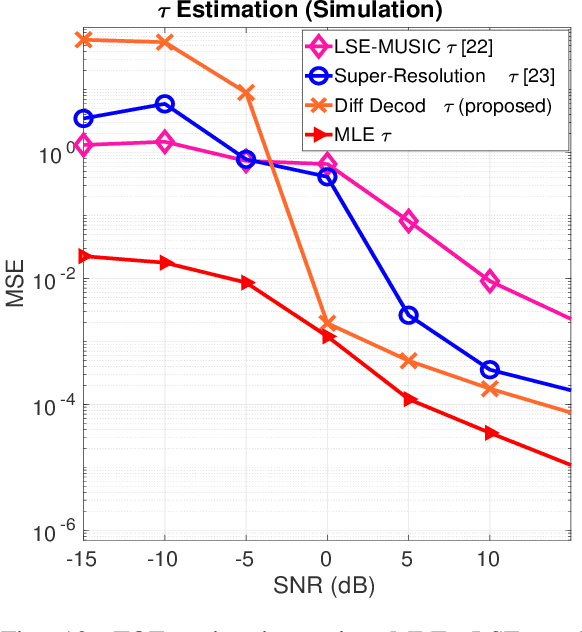
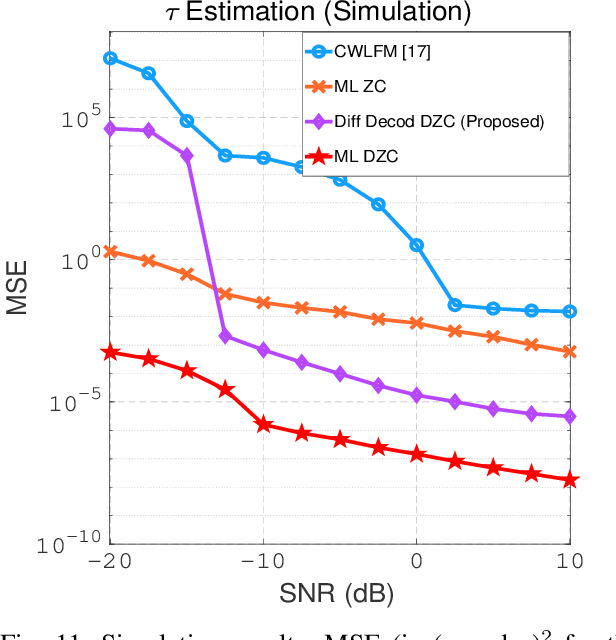
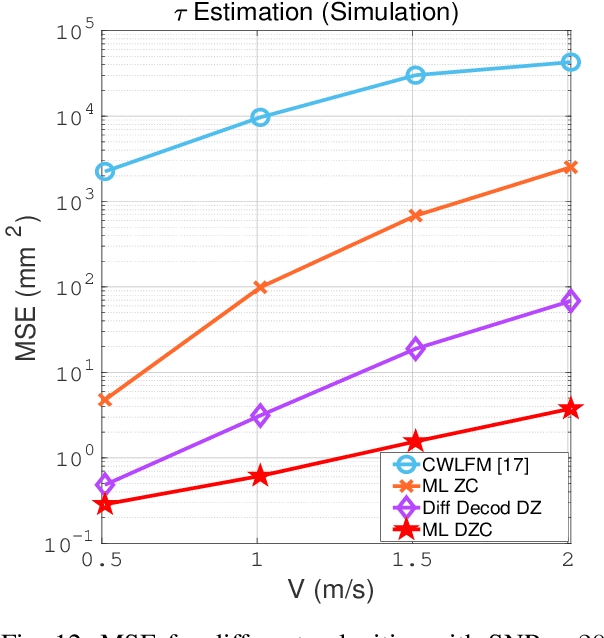
Abstract:High accuracy range estimation is an essential tool required in many modern applications and technologies. However, continuous range estimation of a moving target is a challenging task, especially under Doppler effects. This paper presents a novel signal design, which we name differential Zadoff-Chu (DZC). Under Doppler effects, DZC sequences improve the performance of the maximum likelihood (ML)-based range estimation compared to its performance when using regular ZC sequences. Moreover, a reduced-complexity ranging algorithm is proposed utilizing DZC sequences and is shown to outperform the regular ZC ML-based range estimation. The proposed system is evaluated in a typical indoor environment, using low-cost ultrasound hardware. Under a low signal to noise ratio (-10 dB SNR), more than 90% of the range estimates are in less than 1.6 mm error, with a movement range from $0.2$ m to 2.2 m and a maximum velocity of 0.5 m/s. For the same movement range, the system provides range estimates with a root mean square error (RMSE) less than 0.76 mm in a high SNR scenario (10 dB), and an MSE less than 0.85 mm in a low SNR scenario (-10 dB). For a larger movement range from 1.8 m to 4.2 m with a maximum velocity of 1.91 m/s, the proposed system provides range estimates with RMSE less than 7.70 mm at 10 dB SNR.
 Add to Chrome
Add to Chrome Add to Firefox
Add to Firefox Add to Edge
Add to Edge